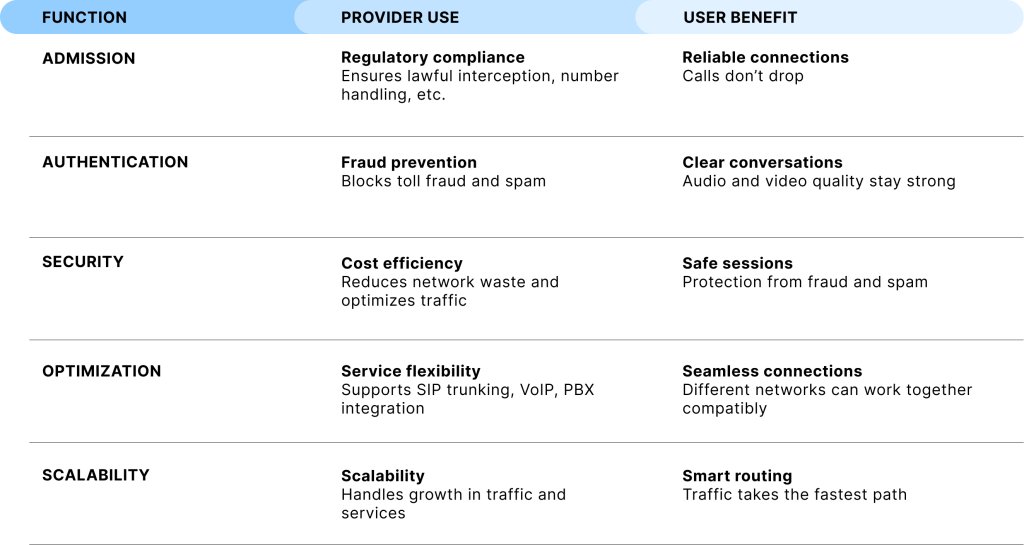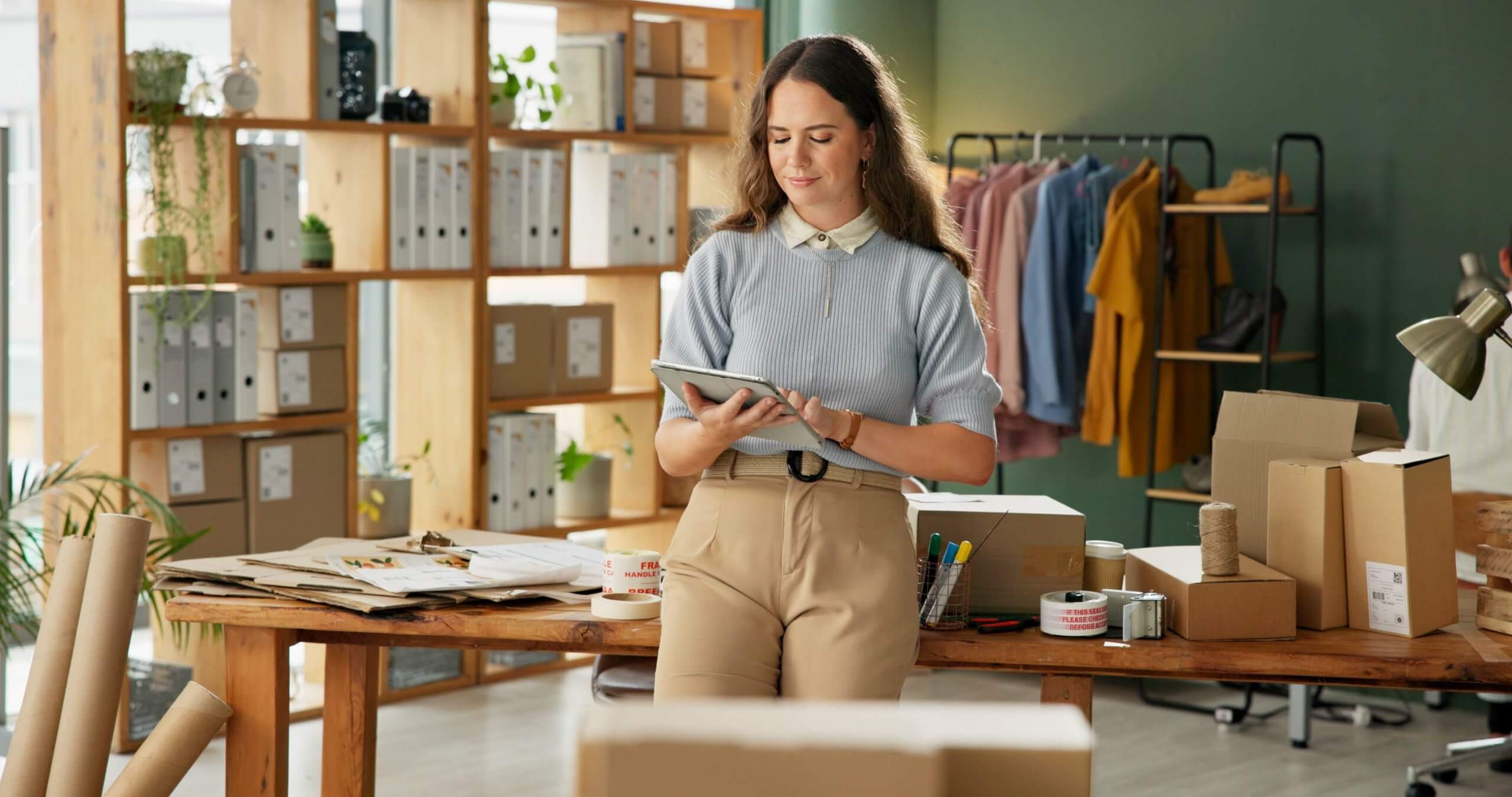Across industries, PBX migration for SMBs has become a strategic move to improve flexibility and reduce infrastructure costs.
The mass SMB migration from legacy PBX to cloud voice shows that VoIP is for everyone. Yet many small and mid-sized businesses still depend on their legacy systems built for a different era – when staff worked from fixed offices, customers called from landlines, and growth meant installing more cables. Those systems have served their time, but they’re becoming a constraint rather than a strength.
National carriers phase out PSTN and ISDN lines (read more here), signalling the global shift away from copper-based networks. Cloud-native telephony – often called cloud voice – now delivers the same core functionality of a PBX but through internet-based routing, scalable licenses, and built-in redundancy. For SMBs, this shift isn’t simply about adopting new technology; it’s about building a communication framework that can scale with the business.
Migrating to cloud voice helps eliminate the maintenance burden of physical systems while preparing teams for hybrid and remote work environments. Intsead of managing hardware, businesses can focus on customer experience, productivity, and cost predictability – all while keeping the professional image a phone system provides.
For an overview of what makes hosted systems so efficient, see our guide on the advantages of hosted PBX solutions.
The Shift to Cloud Voice: What PBX Migration for SMBs Really Involves
Moving from a hardware-bound phone system to a cloud voice environment represents a complete shift in how communication is delivered, managed, and scaled. Instead of routing calls through on-site switches, cloud voice relies on secure, internet-based connections unify voice, messaging, and collaboration into a single framework.
At its core, cloud voice merges the familiar structure of a PBX with modern technologies like VoIP and SIP routing. Calls are processed through distributed data centres and Session Border Controllers (SBCs) that maintain quality, encryption, and redundancy. Because infrastructure lives in the cloud rather than a server closet, updates, feature rollouts, and scaling happen instantly – without downtime or physical rewiring.
For SMBs, this means communication becomes software-driven. Adding new users or locations no longer requires hardware procurement or waiting for a technician. You can expand capacity for seasonal staff, route calls across regions, or integrate phone activity with CRM and help-desk tools through APIs – all within the same ecosystem.
From an operational perspective, the transition also simplifies budgeting and vendor management. Instead of juggling telecom carriers, PBX vendors, and maintenance contractors, most SMBs work with a single provider that handles end-to-end delivery – from numbers and SIP trunks to compliance and analytics.
For context on how pricing models vary across these providers, you can refer to our 2025 Hosted PBX Pricing Guide.
Planning PBX Migration for SMBs: A Step-by-Step Framework
A successful PBX migration for SMBs replaces physical switches with a scalable, software-based system that grows with demand.
With clear planning and the right partners, most small and mid-sized businesses can migrate in phases, often without losing a single workday of call service.
Below is a framework that helps teams manage the process methodically.
Step 1: Audit your Existing Setup
Begin by documenting how your current PBX operates:
- How many numbers, extensions, and concurrent calls do you handle daily?
- Which departments or users depend on direct lines?
- Are there integrations (like CRM pop-ups or call recording that need replication?
This audit reveals technical dependencies and identifies which features are essential in the new environment.
Step 2: Audit your Existing Setup
Cloud voice quality depends on internet stability. Test your current connection for:
- Bandwidth – ensure at least 100kbps per concurrent call
- Latency and jitter – low, consistent latency prevents call dropouts
- Redundancy – dual-ISP or SD-WAN setups protect uptime
If the network isn’t ready, address it before migration; voice is only as good as the transport layer supporting it.
Check out our article: SIP Trunk Carrier & SBC Compliance
Step 3: Choose Your Migration Model
Different SMBs have different risk appetites and bdugets:
- Hosted PBX – a full cloud service where everything from numbers to routing is managed by your provider
- Hybrid model – Retains some local hardware for analog devices or branch offices
- Full cloud voice – Routes all communication through a global VoIP/SIP backbone with no on-premise PBX
Selecting the right model balances control, simplicity, and long-term scalability
Step 4: Plan Number Porting and Call Flow
Work with your provider to schedule porting of phone numbers and test new call routes in advance.
- Maintain a temporary call-forwarding rule during the cut-over period
- Validate IVR menus, ring groups, and fail-over settings before going live.
A controlled porting sequence minimizes downtime and customer confusion.
Step 5: Train Teams and Phase the Rollout
Even the best system fails if users don’t adopt it confidently.
- Conduct brief training sessions on softphones, mobile apps, and new features
- Roll out in waves – start with one department, gather feedback, then expand
- Appoint internal “champions” who can help troubleshoot minor issues.
A staggered approach allows adjustments before the full company migration.
Step 6: Verify, Monitor, and Optimize
After launch, use analytics dashboards to monitor call quality, user adoption, and missed-call trends.
Early visibility helps fine-tune routing logic, ensure compliance, and validate ROI within the first 90 days.
By approaching migration as a structured project rather than a single event, SMBs can transform their communications with minimal disruption and lasting impact.
Next, we’ll look at key considerations to address before making the switch – covering readiness, security, and long-term maintainability.
Key Considerations Before You Move
Every successful PBX migration for SMBs starts with preparation. Before switching off your legacy PBX, review your network readiness, confirm that your internet connection can handle consistent voice traffic, and ensure your provider follows proper security and compliance standards.
Equally important, brief your teams early—people adapt faster when they understand what’s changing and why. A few checks today can prevent days of disruption later.
For a full readiness checklist and post-migration optimization guide, we’ll be publishing a future article: How to Get the Most Out of Your Cloud Voice System After Migration.
Why PBX Migration for SMBs Builds a Future-Ready Communication Framework
Migrating from a legacy PBX to cloud voice isn’t just a technical decision, it’s a strategic move toward flexibility, scalability, and operational resilience. The shift frees SMBs from hardware maintenance and turns communication into a cloud-based service that grows with the business.
By planning the transition carefully and choosing the right infrastructure partner, SMBs gain more than new technology – they gain control, predictability, and the confidence that their communication systems can support whatever comes next.
ULAP Voice helps businesses bridge that gap with flexible licensing, reliable SIP and SBC management, and a network built for global reach.
Whether you’re preparing your first migration or scaling across regions, ULAP’s cloud voice infrastructure delivers carrier-grade reliability for modern teams.
Contact info@ulap.net to get in touch with an cloud voice expert.






